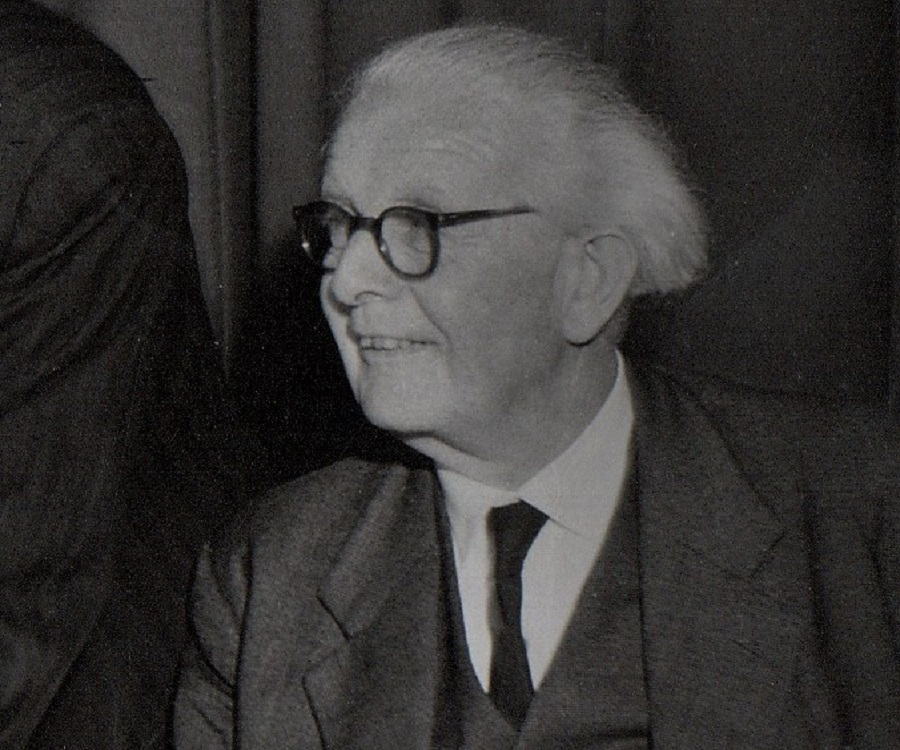A Comparative Analysis of Piaget’s and Bruner’s Theories of Cognitive Development
Cognitive development is a crucial aspect of human growth and learning, and two of the most prominent theories in this field are those proposed by Jean Piaget and Jerome Bruner. Both theorists have made significant contributions to our understanding of how individuals acquire knowledge and develop their cognitive abilities. However, their approaches differ in terms of focus, structure, and educational implications. This article delves into the fundamental principles of each theory, compares their key concepts, and discusses their implications for education and child development.
Jean Piaget’s Theory of Cognitive Development
Jean Piaget, a Swiss psychologist, is renowned for his theory of cognitive development that suggests children progress through four distinct stages of cognitive growth: sensorimotor, preoperational, concrete operational, and formal operational. Piaget’s perspective emphasizes the idea that children are active participants in their learning processes, engaging with their environments through exploration and interaction.
- Stages of Development:
- Sensorimotor Stage (0-2 years): In this stage, infants learn through sensory experiences and motor actions. They develop object permanence and the understanding that objects continue to exist even when not seen.
- Preoperational Stage (2-7 years): Children begin to use language and symbols but lack the ability to perform operations mentally. They exhibit egocentrism and struggle with understanding the perspectives of others.
- Concrete Operational Stage (7-11 years): At this stage, children gain a better understanding of logic and can perform operations on concrete objects. They develop skills in classification, seriation, and conservation.
- Formal Operational Stage (12 years and up): Adolescents begin to think abstractly and hypothetically. They can reason logically, develop theories, and understand complex concepts.
Piaget posited that cognitive development is universal and occurs through a process of assimilation and accommodation, whereby individuals integrate new information into existing cognitive frameworks or modify those frameworks to incorporate new experiences.
Jerome Bruner’s Theory of Cognitive Development
Jerome Bruner, an American psychologist, presented a different approach to cognitive development, emphasizing the role of culture, language, and social interaction in learning. Bruner’s theory is grounded in the belief that learning is a dynamic process, significantly influenced by the context in which it occurs.
- Modes of Representation:
- Bruner identified three modes of representation through which knowledge is acquired:
- Enactive Representation: Learning through action; knowledge is acquired through physical interaction with the environment.
- Iconic Representation: Learning through visual images; knowledge is represented in the form of images and diagrams.
- Symbolic Representation: Learning through language and symbols; knowledge is conveyed through words and abstract concepts.
- Bruner identified three modes of representation through which knowledge is acquired:
- Spiral Curriculum:
- Bruner advocated for a spiral curriculum, wherein concepts are revisited at increasing levels of complexity over time. This approach allows learners to build on previous knowledge and facilitates deeper understanding.
- Constructivism:
- Similar to Piaget, Bruner emphasized that learners construct knowledge through their experiences. However, he placed a stronger emphasis on the importance of social interaction and cultural context in shaping cognitive development.
Key Comparisons
- Nature of Development:
- Piaget viewed cognitive development as a series of stages that all children go through in a fixed sequence. In contrast, Bruner believed in a more fluid and dynamic process influenced by cultural and social factors.
- Role of Language:
- While Piaget acknowledged the role of language in cognitive development, he considered it primarily a tool for expression rather than a critical component of cognitive growth. Bruner, however, emphasized language as a fundamental aspect of learning, essential for thought and cultural transmission.
- Educational Implications:
- Piaget’s theory suggests that educators should tailor instruction to the developmental stage of the child, using hands-on activities that align with their cognitive abilities. Bruner’s theory, on the other hand, promotes the idea of scaffolding, where teachers provide support that enables learners to explore concepts independently.
- Focus on Discovery Learning:
- Both theorists advocate for discovery learning, but while Piaget emphasizes self-directed exploration, Bruner highlights the importance of guided discovery within a supportive social environment.
Implications for Education
The contrasting perspectives of Piaget and Bruner have profound implications for educational practices. Piaget’s theory encourages educators to consider the developmental readiness of their students, leading to age-appropriate pedagogical strategies that align with cognitive stages. Educators might implement activities that promote problem-solving and hands-on exploration, reflecting Piaget’s emphasis on active learning.
Conversely, Bruner’s focus on the social context of learning encourages collaborative classroom environments where students engage in dialogue, share perspectives, and construct knowledge collectively. The spiral curriculum approach suggests that curricula should be designed to revisit key concepts repeatedly, deepening understanding and facilitating connections between ideas.
Conclusion
In summary, Piaget and Bruner provide valuable insights into cognitive development, each contributing to a richer understanding of how children learn. Piaget’s stage theory emphasizes the individual cognitive processes and developmental milestones, while Bruner’s constructivist approach highlights the importance of cultural and social factors in learning. By examining and integrating elements from both theories, educators can create more effective learning environments that cater to the diverse needs of students and foster their cognitive growth in a holistic manner. Understanding these theories not only enhances educational practices but also enriches our comprehension of the complex nature of human cognition.
